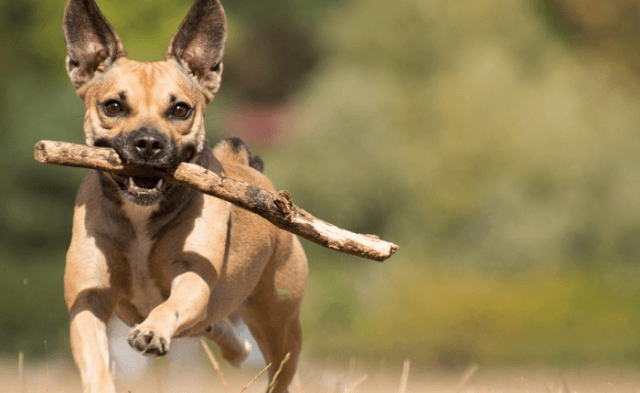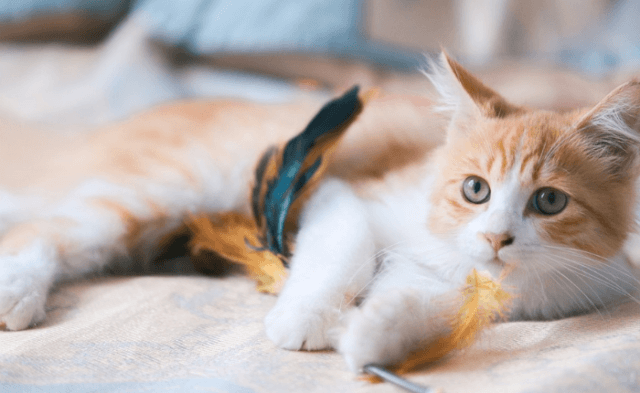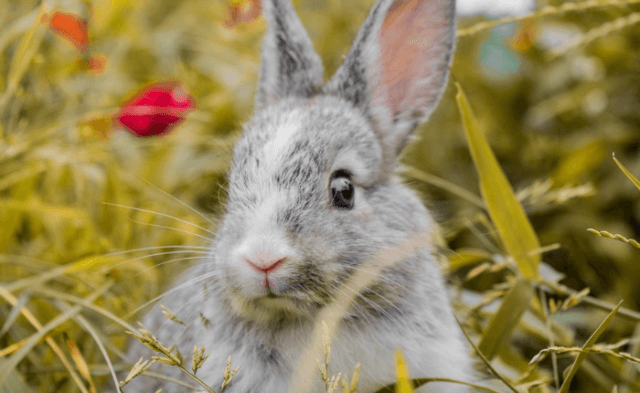Written by Craig Shapiro
He’ll sit bolt upright at the first blast, his eyes wide with fright. As the barrage intensifies, he’ll cower under the table or in the far corner of the kitchen. Wherever I go in the house, he’ll be at my feet, trembling.
The Fourth of July is no holiday for Max, our youngest dog. It’s not one for me anymore, either, even though it’s my birthday. Fireworks ruin everything when they scare the hell out of those you hold dearest.
Max isn’t alone—not by a stretch. Fireworks sound exactly like “bombs bursting in air,” and they send dogs, cats and other animals into a panic. Some jump over fences or break chains to flee the deafening blasts. Others are so desperate to get away that they crash through windows.
No wonder animal shelters see a significant spike in admissions of lost animals every Independence Day and any other time fireworks go off. It’s anyone’s guess how many remain lost forever.
Fortunately, Max is small enough that he can’t get away from me should he try to run—but his tags are up-to-date and he’s microchipped, just in case. He has a ThunderShirt to help him cope with the stress, and we’ll close the windows and curtains and turn up the TV to muffle the noise. A long walk in the early evening will tire him out.
But companion animals aren’t the only ones terrified by fireworks. The explosions scare deer onto roads, where they’re at risk of being hit by traffic, and frighten birds to the point that they abandon their nests and young.
The harm caused by fireworks doesn’t end there: They trigger more than 19,500 wildfires every year.
Exploding and airborne fireworks pose the greatest threat to lives and homes—animals’ and humans’—but sparklers, fountains and smoke bombs can ignite fires, too. Disoriented by the thick smoke and laboring to breathe, large animals may try to outrun the flames, if there’s time. Small animals may try to shelter under rocks and in burrows. Those with babies might not escape.
And even after the smoke clears, more damage is done.
Fireworks release a witches’ brew of contaminants, including carbon dioxide, carbon monoxide, nitrogen, sulfur dioxide and particulates that diminish air quality and exacerbate the climate catastrophe. The shell casings that litter the ground can be ingested by animals. Fireworks also scatter heavy metals and other chemicals that are inhaled by humans and animals, absorbed by plants and trees and harm fish and marine animals when they’re swept into aquatic ecosystems.
We don’t need fireworks to get our red, white and blue on. There are kinder, safer ways to oooh and aaah without terrifying animals or poisoning the environment.
Last year, Galveston, Texas; Castle Pines, Colorado; and Imperial Beach, California, joined other cities in replacing their Independence Day fireworks displays with animal-friendly, environmentally responsible drone shows. This year, Taos, New Mexico, and Lake Oswego, Oregon, are holding laser light shows.
Unfortunately for Max and all the other animals who will be scared stiff on the Fourth of July, their corner of coastal Virginia has yet to get with the times. Until then, this Yankee Doodle Dandy wants just one thing for his birthday.
Rain.





